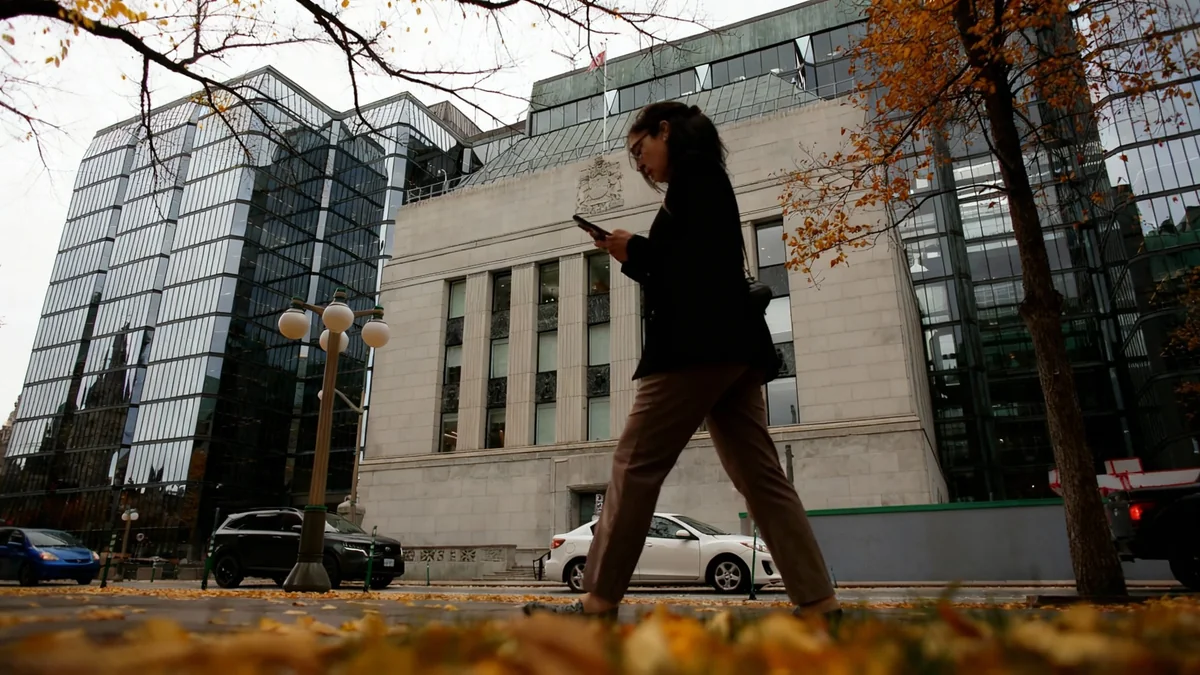Argentina's Treasury is rapidly depleting its U.S. dollar deposits in an ongoing effort to support its struggling currency, the peso. According to market traders, the amount of available dollars in government coffers has fallen to critical levels, with some estimates placing the remaining balance at less than $1 billion.
This severe decline in liquid reserves highlights the immense financial pressure on the South American nation as it battles persistent inflation and currency instability. The government's intervention in the foreign exchange market, while aimed at preventing a disorderly devaluation, is proving costly and unsustainable.
Key Takeaways
- Argentina's Treasury is using its dollar deposits to prop up the national currency, the peso.
- Market traders estimate that the remaining dollar balance in the Treasury's accounts could be as low as $700 million.
- The rapid depletion of these reserves indicates a deepening economic challenge for the country.
- This strategy of currency intervention is becoming increasingly difficult to maintain as liquid funds run out.
The State of Argentina's Dollar Holdings
The Argentine government is facing a critical shortage of readily available U.S. dollars within its Treasury accounts. These funds are separate from the central bank's international reserves and are used for more direct, day-to-day fiscal operations, including currency market interventions.
Market participants who closely monitor government financial activities report a sharp drawdown of these funds. Current estimates suggest the Treasury's liquid dollar holdings have plummeted, with figures cited by traders ranging from $700 million to just under $1 billion. This represents a fraction of what is needed to effectively manage the country's currency pressures over the long term.
Treasury Deposits vs. Central Bank Reserves
It is important to distinguish between the Treasury's dollar deposits and the Central Bank of Argentina's net international reserves. The Treasury's funds are essentially the government's operating cash in foreign currency. In contrast, the central bank's reserves are a broader measure of foreign assets, but a significant portion is often tied up in liabilities, such as swaps with other central banks or obligations to depositors, making them not fully liquid or available for intervention.
The aggressive use of these Treasury deposits to sell dollars on the open market is a last-ditch effort to satisfy demand for foreign currency and prevent the peso from weakening further. However, the dwindling balance suggests this policy is reaching its limit.
Why the Government is Defending the Peso
Argentina's economy has been plagued by chronic high inflation for years, a situation that erodes the value of the peso and drives citizens and businesses to seek refuge in the stability of the U.S. dollar. This constant demand for dollars puts downward pressure on the peso's exchange rate.
A sharp devaluation of the peso would have immediate and severe consequences. It would make imports more expensive, further fueling inflation and hitting the purchasing power of ordinary Argentines. It would also increase the local-currency cost of servicing the country's significant foreign-currency-denominated debt.
According to official statistics, Argentina's annual inflation rate has frequently surpassed 100%, making it one of the highest in the world and a primary driver of currency instability.
To avoid this scenario, authorities intervene by selling dollars from their reserves. This action temporarily increases the supply of dollars in the market, helping to stabilize the peso's value. However, without addressing the root causes of inflation and economic imbalance, such interventions only delay an inevitable reckoning while draining precious foreign currency reserves.
Market Reaction and Potential Consequences
The news of the Treasury's depleted dollar account has heightened anxiety among investors and the general public. For traders, it signals that the government's ability to control the exchange rate is weakening, leading to increased bets on a future devaluation.
"The burn rate of these liquid reserves is simply unsustainable," commented a senior analyst at a Buenos Aires-based financial consultancy. "Without a fundamental shift in economic policy or a new source of external financing, the government's position in the currency market will become untenable."
If the Treasury's dollar funds are exhausted, the government may be forced to consider several difficult options. These potential outcomes are a source of major concern for the economy.
Possible Next Steps for Argentina
- Accelerated Devaluation: The government might allow the peso to devalue at a faster pace, which could trigger an inflationary spiral but would also make exports more competitive.
- Stricter Capital Controls: Authorities could impose even tighter restrictions on access to U.S. dollars for individuals and businesses, a move that often stifles economic activity and encourages the growth of black markets.
- Seeking External Aid: The government may need to renegotiate its existing agreements with international lenders like the International Monetary Fund (IMF) or seek new lines of credit to bolster its reserves.
- Debt Restructuring: A depletion of reserves could complicate the country's ability to meet its foreign debt payments, potentially raising the specter of another sovereign default.
A History of Economic Instability
Argentina's current predicament is not new. The nation has a long history of cyclical economic crises characterized by high inflation, currency devaluations, and sovereign defaults. Decades of political and economic mismanagement have undermined confidence in the peso, leading to a deeply ingrained culture of dollarization where citizens save and price high-value goods in U.S. currency.
This reliance on the dollar creates a constant vulnerability for the economy. The government's need to manage a dual-currency reality while lacking a sufficient and stable supply of dollars is a central challenge for any administration.
The ongoing depletion of Treasury funds is another chapter in this recurring saga. Observers are now watching closely to see how policymakers will navigate this latest challenge. The decisions made in the coming weeks will have profound implications for Argentina's economic stability and the financial well-being of its more than 45 million citizens. With limited options and dwindling resources, the path forward appears increasingly narrow and fraught with difficulty.





